Reporters of the Natural Resources and Environment Newspaper (TN&MT) had an interview with Mr. Tran Phuong - Deputy Director of the Vietnam Minerals Department to clarify the new contents in the Draft Decree.
PV: Could you please tell us about the necessity of issuing the Decree?
Mr. Tran Phuong: After 13 years of implementing the Law on Minerals, the Government has issued 13 Decrees detailing the contents, implementation and handling of administrative violations in the field of geology and minerals. The system of legal documents on geology and minerals is basically complete, contributing to improving the effectiveness and efficiency of state management of minerals; promoting basic geological surveys of minerals and the mining industry; and increasingly stricter and more effective mineral management.
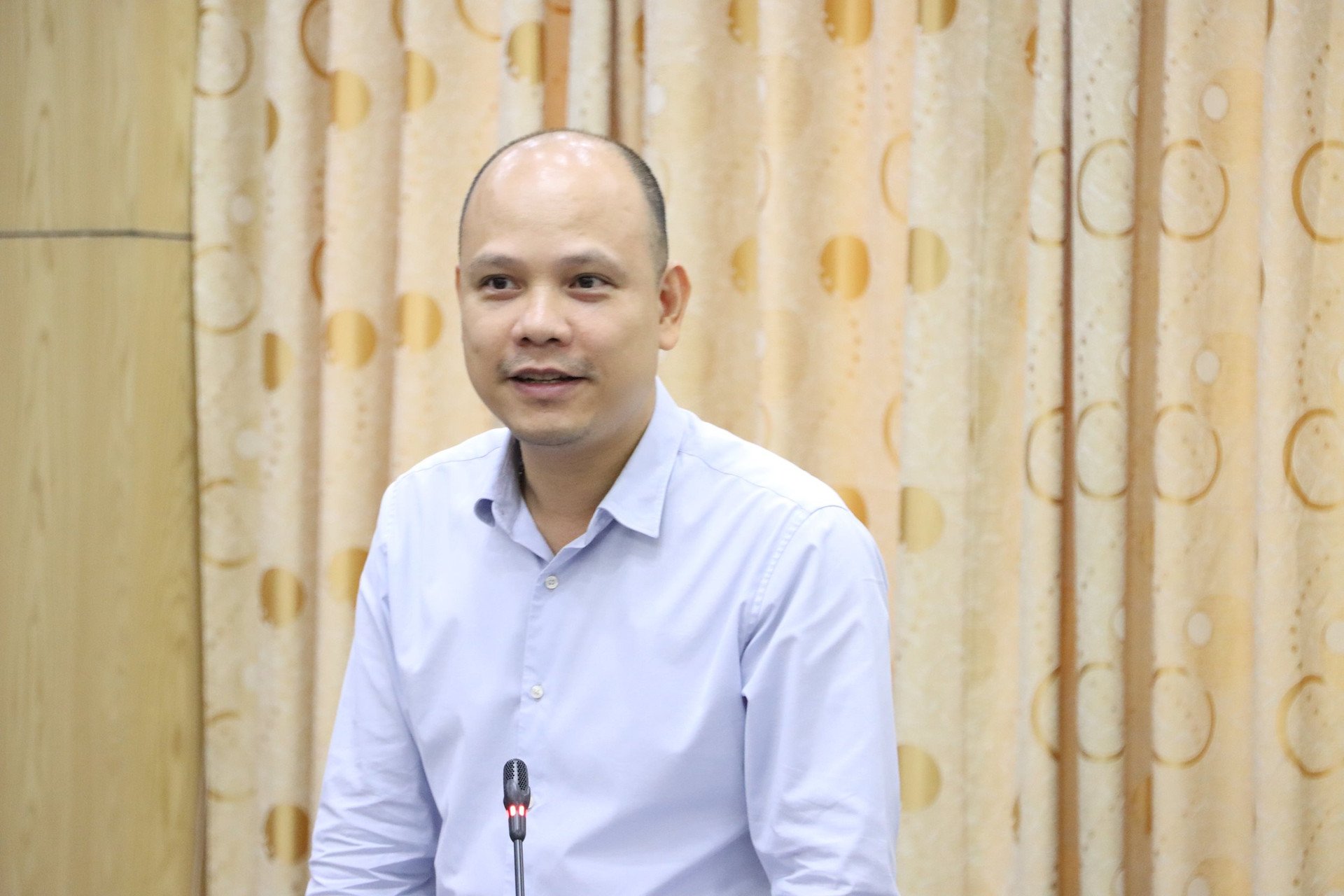
However, through the process of summarizing the implementation of the Law on Minerals, the Ministry of Natural Resources and Environment has found some shortcomings and practical difficulties, which need to be amended and supplemented to meet practical requirements, improve the effectiveness and efficiency of state management of minerals. At the same time, Resolution No. 10-NQ/TW dated February 10, 2022 of the Politburo on strategic orientations for geology, minerals and mining industry to 2030, with a vision to 2045, has many major orientations for the geology and minerals sector and needs to be institutionalized soon to come into life.
Based on the above requirements, while waiting for the development and submission to the National Assembly for promulgation of the Law on Geology and Minerals to replace the current Law on Minerals, in order to promptly remove practical shortcomings and obstacles, institutionalize the viewpoints, guidelines and policies of the Party and State, especially Resolution No. 10-NQ/TW, the content of Resolution No. 10-NQ/TW within the Government's authority, the Government has assigned the Ministry of Natural Resources and Environment to develop and submit to the Government for promulgation a Decree amending and supplementing a number of articles of the decrees detailing the Law on Minerals.
PV: When developing the Decree, what criteria did the Department of Minerals set, sir?
Mr. Tran Phuong: During the process of drafting the Decree, the Department reviewed relevant laws such as the Law on Property Auction, the Law on Environmental Protection, the Law on Planning, and the Law on Tax Administration to synchronize the provisions in the Decree, ensuring the consistency of the Law on Minerals with other relevant laws.
In addition, to resolve the shortcomings, inadequacies and difficulties in the state management of minerals in practice in the past time, the Department has compiled information from many sources such as opinions of the Department of Natural Resources and Environment of provinces across the country, feedback from organizations and individuals exploiting minerals, assessment results and recommendations of inspection, examination and supervision delegations at the Ministry of Natural Resources and Environment in the past time, thereby systematizing them into groups of issues, closely following them to amend and supplement a number of articles of the Decrees detailing the Law on Minerals.
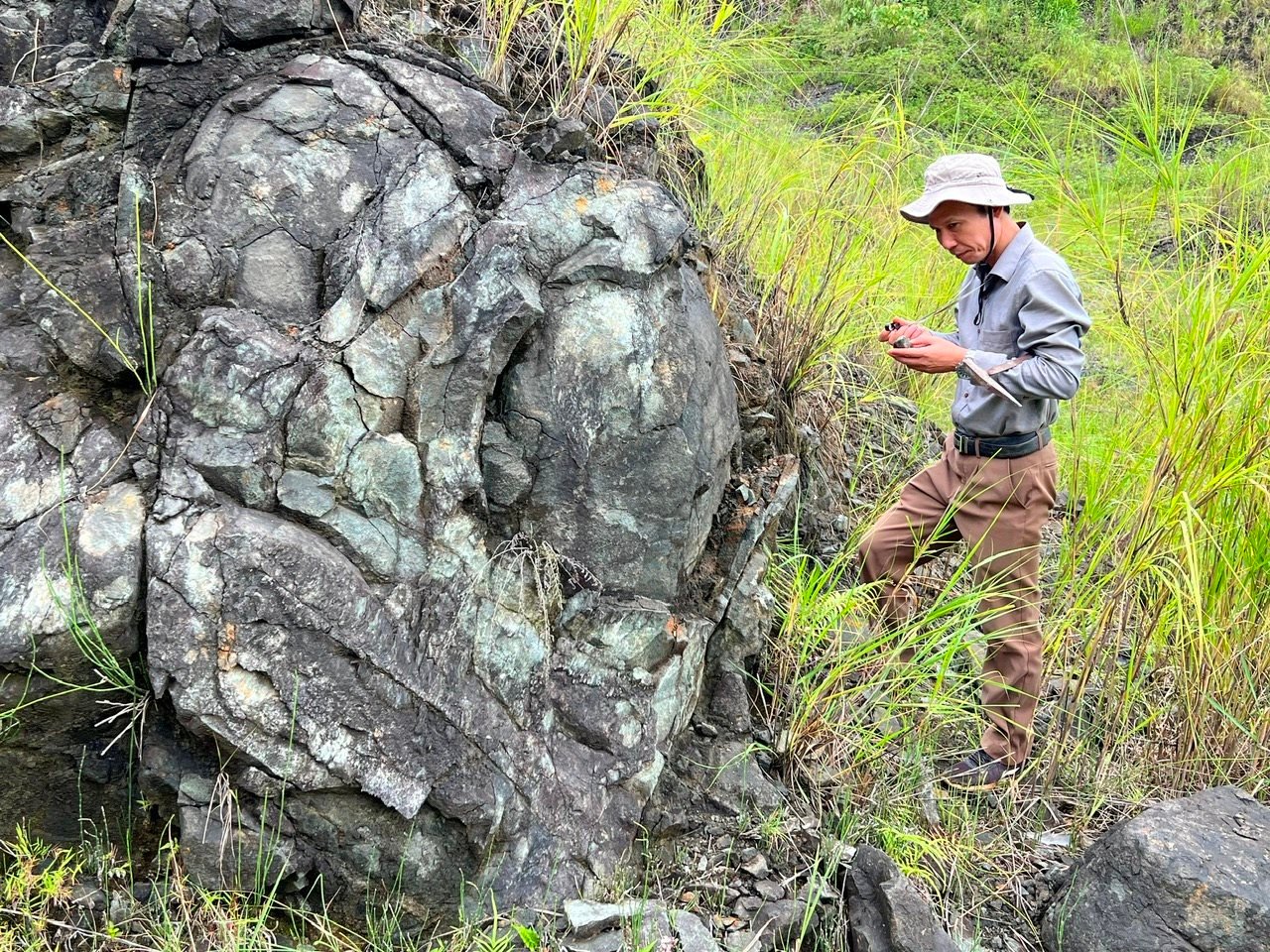
PV: From the above criteria, has the Vietnam Minerals Department clarified which contents are of interest to many organizations, individuals, localities, and businesses and are necessary to include in the Decree?
Mr. Tran Phuong: The first issue that arises in the Decree is associated minerals. Currently, Decree No. 158/2016/ND-CP of the Government detailing the implementation of a number of articles of the Law on Minerals has defined associated minerals, however, the provisions on associated minerals do not cover all cases.
Specifically, in the case that after mineral exploration and approval of reserves for one or several types of minerals, during the exploitation process, other minerals are discovered, and at the time of exploitation, the use of these minerals is economically efficient; minerals with content that does not meet the reserve calculation criteria, does not meet the commodity standards according to regulations (poor ore, low-grade coal...) but due to the level of science and technology at the time of exploitation, can create commodity products for society; waste rock and soil from mineral exploitation activities that were previously not in demand but are now considered a source of land leveling materials in some localities or some types are crushed and selected into artificial sand...
However, current regulations do not meet the requirements for management and use of the above types of minerals. Therefore, it is necessary to institutionalize regulations from allowing organizations and individuals to exploit and recover to stipulating financial obligations to ensure consistent implementation.
The authority to permit the exploitation and use of accompanying minerals is also an issue that receives great attention. In particular, when the Provincial People's Committee issues a Mineral Exploitation License under its licensing authority, but during the process of mineral exploitation, organizations and individuals discover that there are accompanying minerals under the licensing authority of the Ministry of Natural Resources and Environment (according to Article 82 of the Law on Minerals), how should it be resolved to ensure compliance with regulations, not cause difficulties, increase costs and facilitate organizations and individuals to recover the maximum amount of minerals. That is one of the emerging issues regarding accompanying minerals.
Another issue that the Department wishes to resolve in the Decree is the adjustment of the management mechanism for the exploitation of minerals as common construction materials for key national projects and works. The draft Decree also wishes to build a legal corridor to thoroughly resolve, ensure transparency and meet the construction progress of key national projects and works.
Regulations on current status maps are also content proposed by many organizations and individuals to be amended in the Decree because this regulation is not suitable for minerals that are not solid minerals, for example, mineral water, natural hot water after exploitation cannot be weighed, must be measured by meter. In the Draft Law on Geology and Minerals, the Vietnam Minerals Department has included regulations on monitoring mineral volume using more modern methods than the current international approaches such as using remote sensing technology, UAV technology or satellite technology to monitor and track mineral volume and technical parameters of the exploitation system, avoiding exploitation outside the border or other violations.
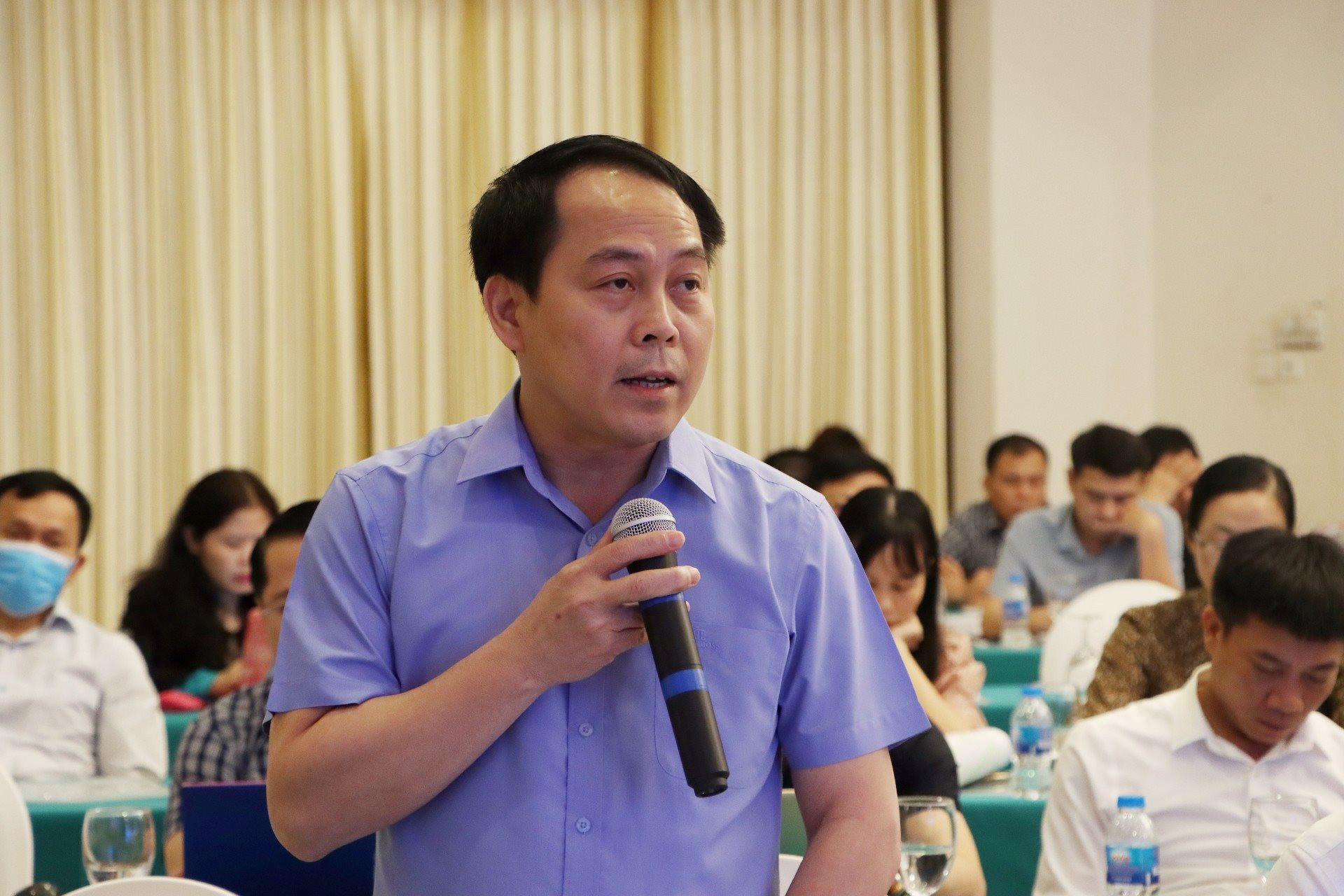
Mr. Mai Van Thach - Director of Department of Natural Resources and Environment of Lai Chau province:
Review of regulations on mineral exploitation for common construction materials
Areas with particularly difficult economic and social conditions often have: slow economic development, sparse population, low demand for export and sale of commercial materials, mainly supplying investment projects using the State budget, which do not have investors to invest in mineral mining for common construction materials (due to no consumer market) or are very small in scale. When implementing public investment projects, investment support from the State budget encounters difficulties in construction materials, slowing down progress and increasing project costs.
After December 31, 2023, there will still be important national projects, many works and projects invested with State budget capital in areas with especially difficult economic and social conditions that will have difficulty in supplying materials.
In fact, there are cases where the exploration period has expired (except for cases where an extension of the exploration is being requested), but the exploration results report is not submitted or the reserves have been approved but the application for a mineral exploitation license is not submitted. Because the law on minerals does not clearly stipulate the right to explore, there is also an understanding that a mineral area is only licensed for exploration once, leading to organizations and individuals licensed to explore minerals considering it their right and not carrying out the following procedures, affecting the planning of local socio-economic development.
Therefore, it is necessary to amend the regulations on mineral exploitation as common construction materials for important national works and projects to include mineral exploitation as common construction materials for important national works and projects; works and projects invested with State budget capital in areas with especially difficult socio-economic conditions.
The exploitation of minerals for common construction materials included in the Construction Materials Survey Dossier for works and projects approved by competent authorities and investment decisions shall be implemented as follows: For areas without a Mineral Exploration License or Mineral Exploitation License, the procedures for registration, confirmation of exploitation plans, and environmental protection contents specified in Point b of this Clause shall be implemented until the Law on Minerals (amended) takes effect (instead of "until December 31, 2023" as in the Draft Decree). After this time, organizations and individuals shall continue to be allowed to exploit minerals according to the confirmed registration dossier.
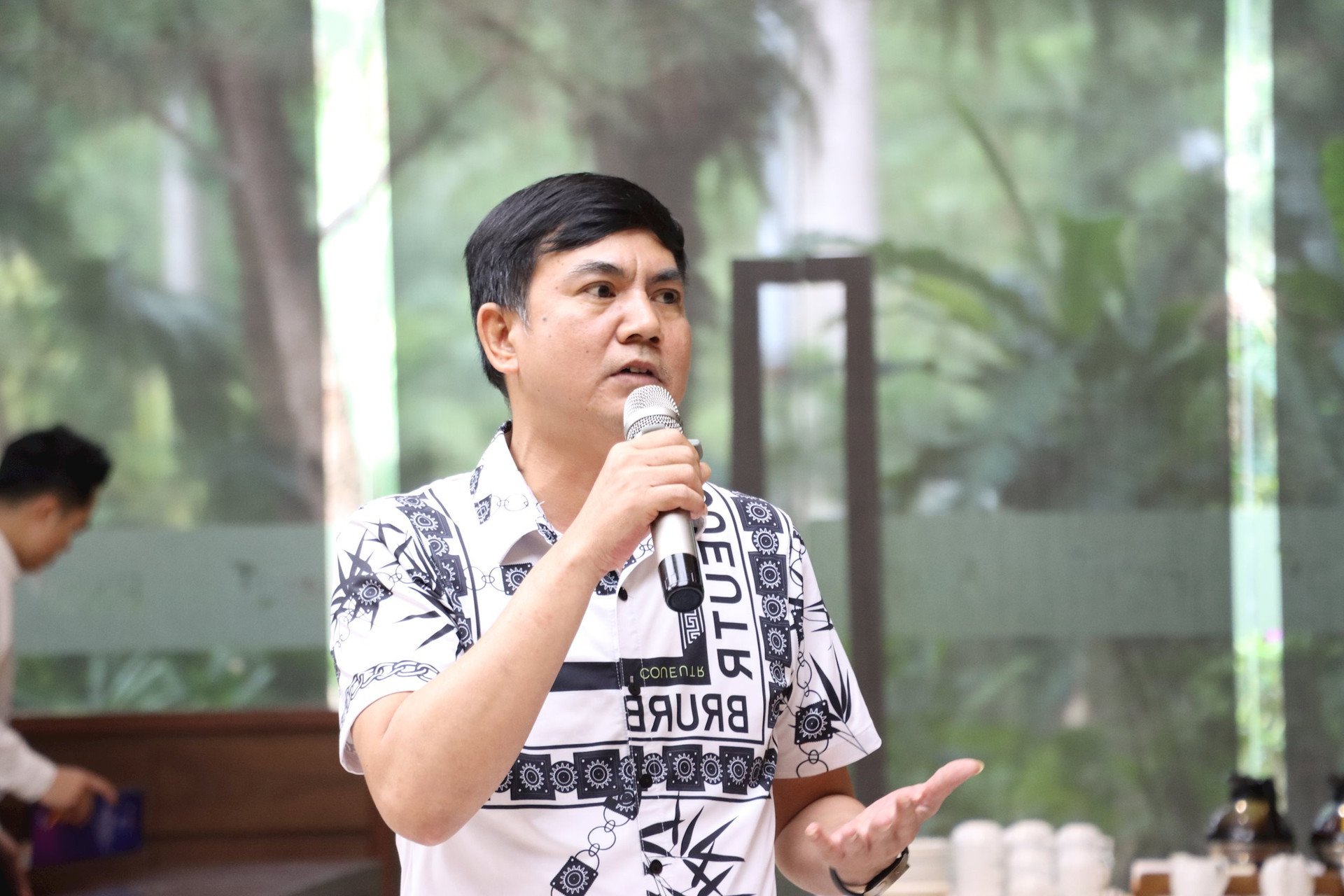
Mr. Dang Ngoc Thanh - Deputy Director of Ta Phoi Copper Joint Stock Company - Vinacomin:
Need to adjust the Regulation on adjusting the royalty when changing reserves
The draft amendment to Decree 67/2019/ND-CP stipulates the adjustment of the licensing fee when reserves are reduced due to the return of licenses, the return of areas, and when reserves are increased due to additional exploration or actual exploitation output is greater than reserves. Thus, in case a business re-explores and the reserves increase, it will be adjusted, but the reserves decrease will not be adjusted. This is an unreasonable regulation and a big disadvantage for businesses.
In fact, many mineral mines have been explored for a long time, in conditions where exploration technology and reserve calculation are not really accurate, leading to large errors. Using this number as a basis for calculating mineral exploitation rights fees has caused many businesses to fall into a situation where they do not have money to pay, forcing them to stop production and business, causing damage to both businesses and wasting national resources.
Nowadays, when the exploration technology level is better, it is necessary and advisable for enterprises to re-explore to upgrade reserves. This process helps both the State and enterprises have more accurate information about mineral potential, thereby having more reasonable plans for exploitation, use and payment of financial obligations.
Therefore, it is recommended that the drafting agency amend Decree 67/2019/ND-CP in the direction of allowing a reduction in reserves even in cases where the upgraded exploration results have reserves lower than the approved reserves.
Regarding the reserves used to calculate the mineral exploitation right fee, it is proposed that for Mineral Exploitation Licenses issued after the effective date of Decree No. 158/2016/ND-CP of the Government detailing the implementation of a number of articles of the Law on Minerals, the reserves used to calculate the mineral exploitation right fee (Q) are the exploited reserves specified in the Mineral Exploitation License.
At the same time, it is proposed to amend the regulations to allow organizations and individuals exploiting minerals to pay mineral exploitation rights fees corresponding to actual exploitation output and pay annually according to the number of years of exploitation license.
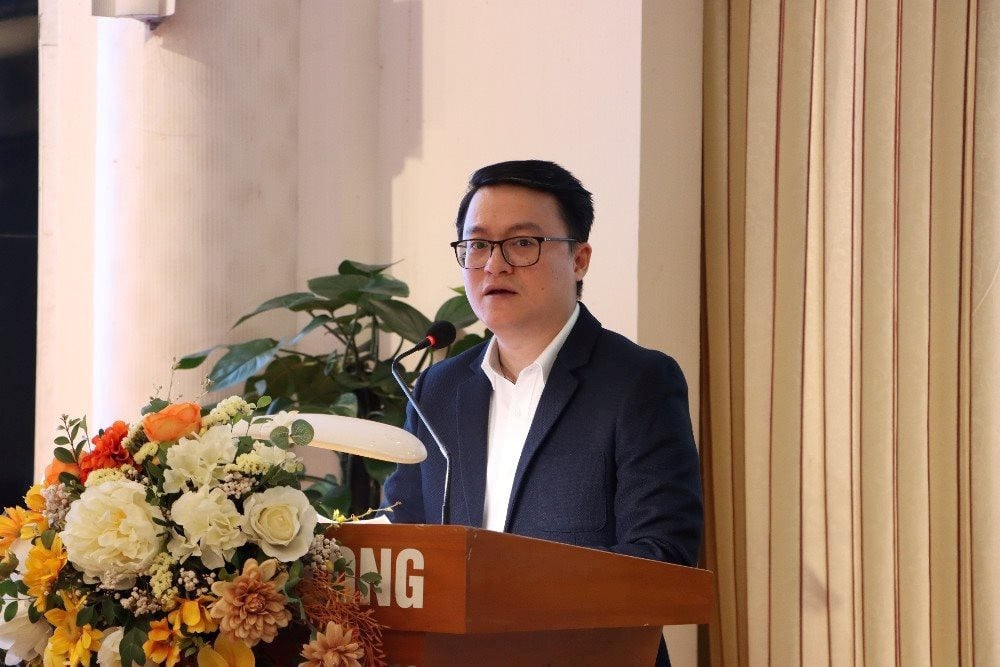
Mr. Pham Nguyen Hai - Head of Legal Department, Nui Phao Mineral Exploitation and Processing Company Limited:
Clarifying regulations on calculation methods and collection levels of mineral exploitation rights fees
Regarding Decree No. 67/2019/ND-CP dated July 31, 2019 of the Government regulating the method of calculation and collection rates of mineral exploitation right fees, the Draft stipulates the order of priority for applying resource tax calculation prices in cases where there are many resource tax calculation prices issued for a type of resource. This provision is unclear and may cause difficulties in the process of calculating mineral exploitation right fees because it is not consistent with other relevant regulations.
Specifically, in terms of physical and chemical properties, processed or deeply processed products sold are completely different from resource products, so they cannot be brought into the same reference system to be arranged in order of priority.
According to current regulations on resource tax, the price for calculating resource tax for processed or deeply processed products before being sold is determined based on the formula of taking the selling price minus the processing cost. This is an incentive policy for enterprises with a policy of systematic investment and applying modern technology in mineral processing. If in a price frame/price table for calculating resource tax, there exists at the same time the price for calculating resource tax for processed or deeply processed products and the price for calculating resource tax for unprocessed products for the same type of mineral, and priority is given to applying the price for calculating resource tax for raw minerals to calculate the licensing fee, then the incentive nature of the policy is lost.
Regarding the regulations on approving adjustments, supplements, re-approvals, and refunds of mineral exploitation rights fees, in addition to the case of changes in reserves allowed to be included in the exploitation design, it is necessary to add cases of adjusting and refunding mineral exploitation rights fees when the mineral exploitation rights fee is initially calculated or provisionally calculated incorrectly, but the organization or individual exploiting minerals has paid in full at that level (paid in excess of the officially determined mineral exploitation rights fee).
The unit drafting the Decree should consider adding criteria on mineral reserve level (mineral quality) and resource loss during exploitation and processing to the formula for calculating mineral exploitation rights fees to ensure compliance with the provisions on criteria for determining mineral exploitation rights fees in the 2010 Mineral Law.
At the same time, more clearly stipulate how to resolve the differences between the coefficients used for determining mineral exploitation rights fees under Decree 67/2019/ND-CP and the amended Decree during the transition period between the two Decrees.
Lan Chi (summary)
Source


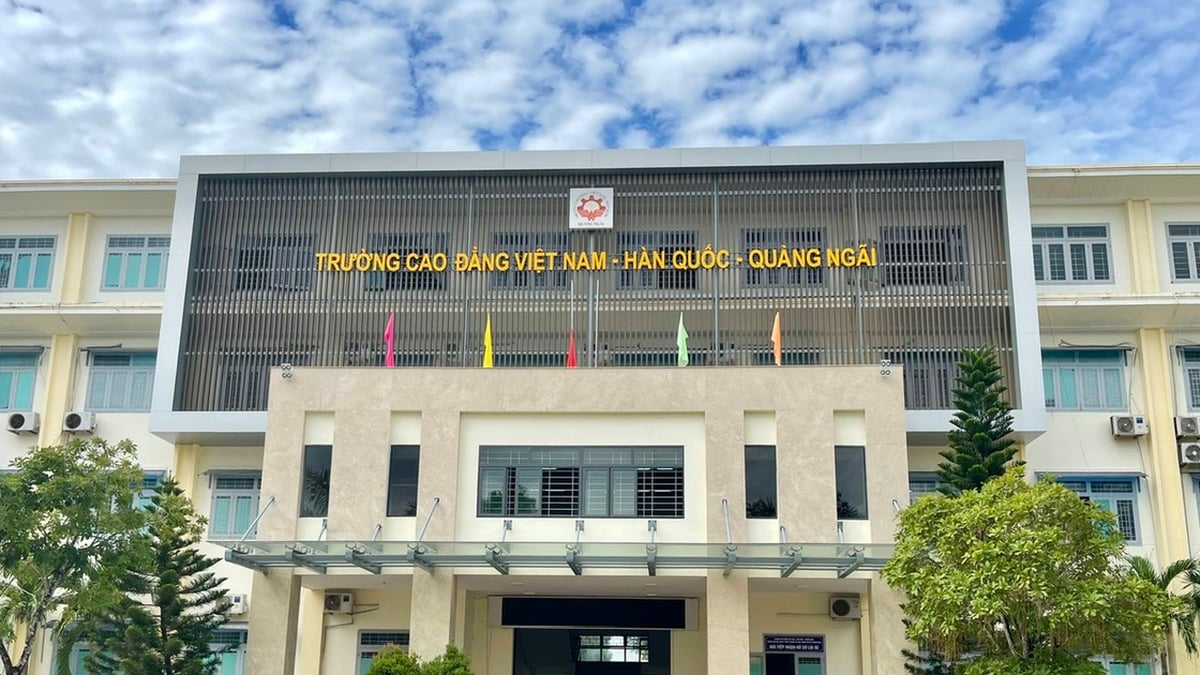
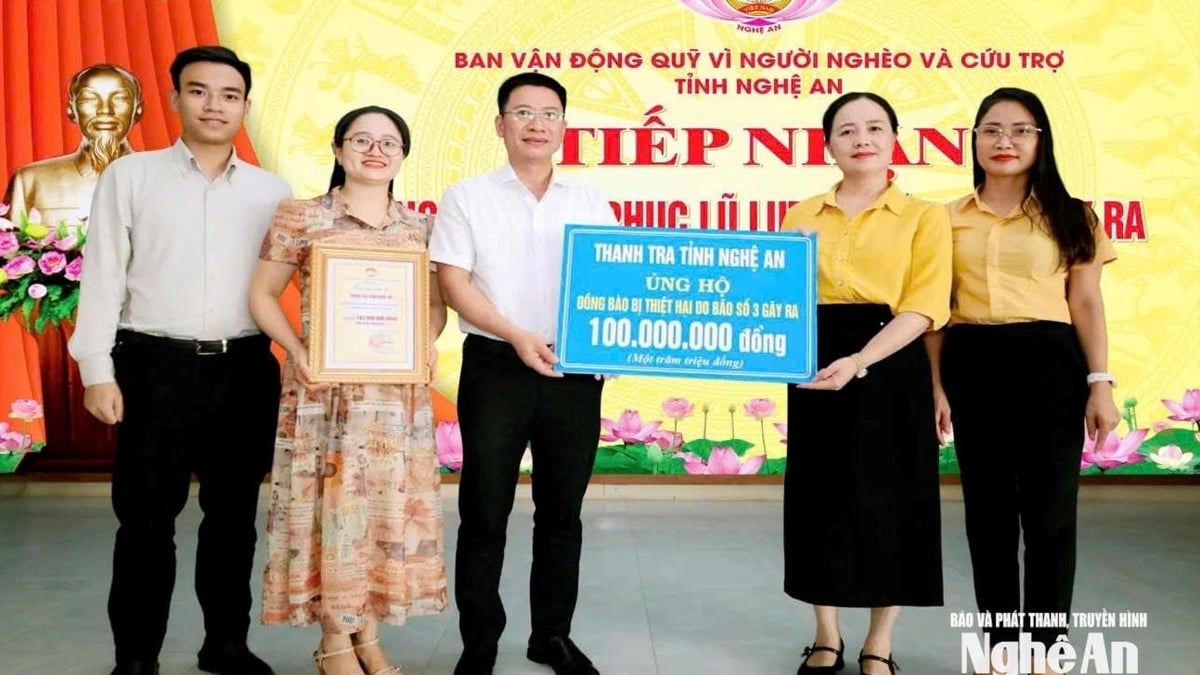
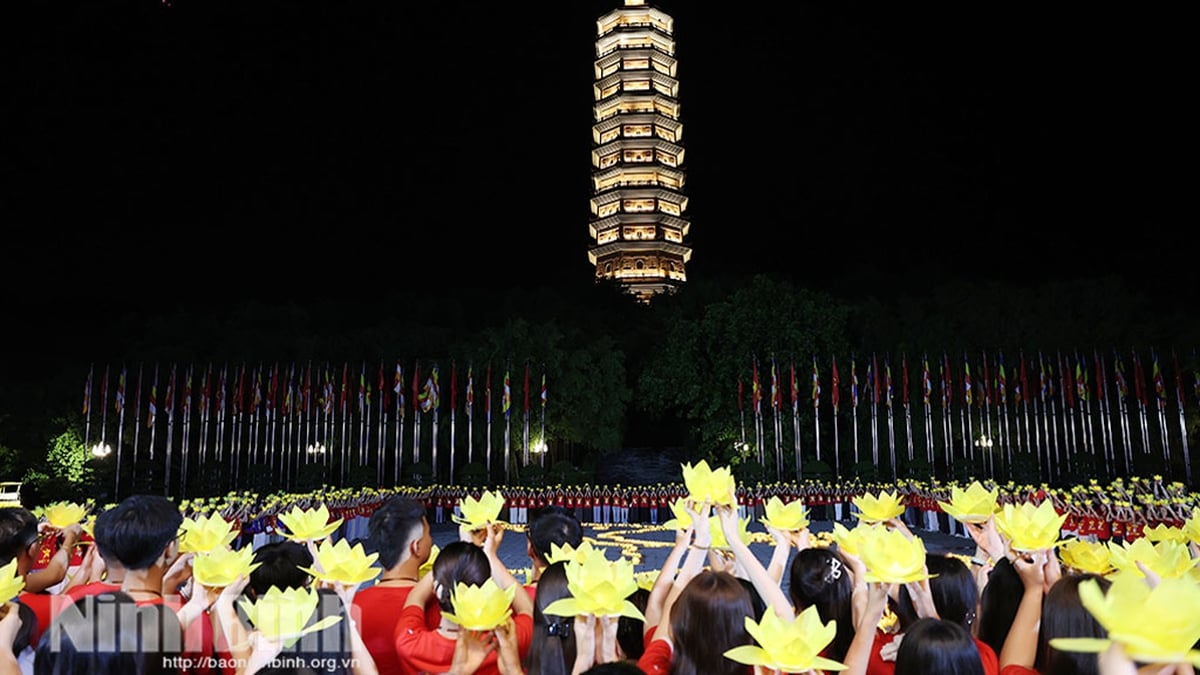



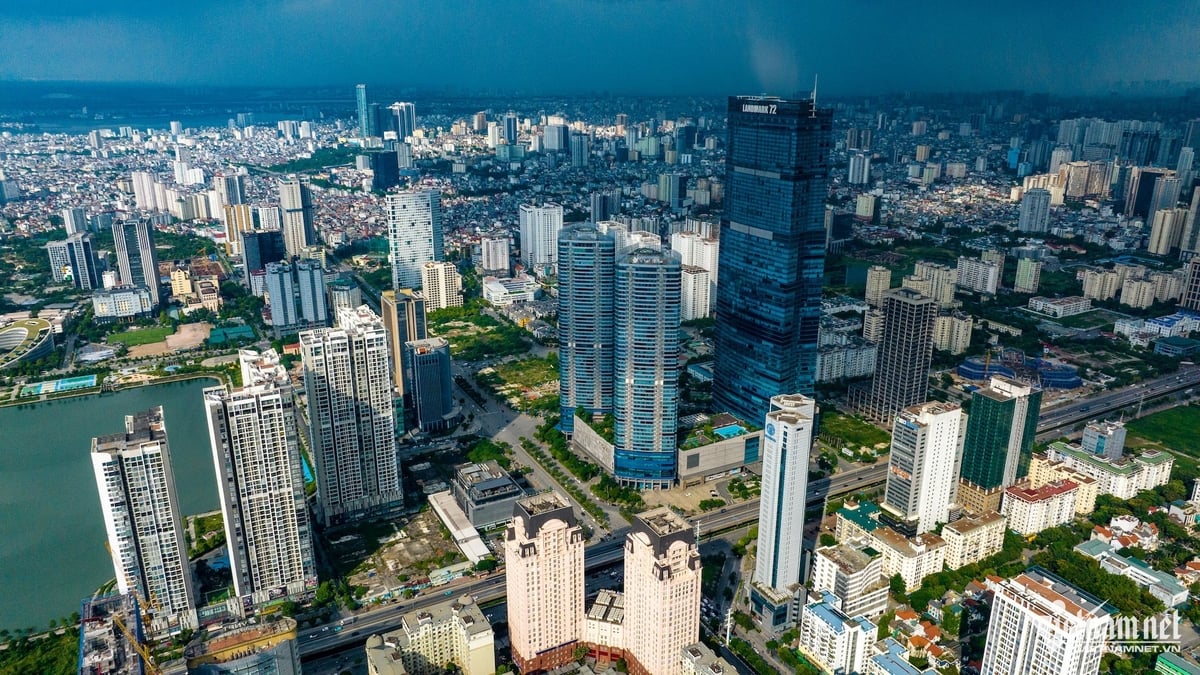













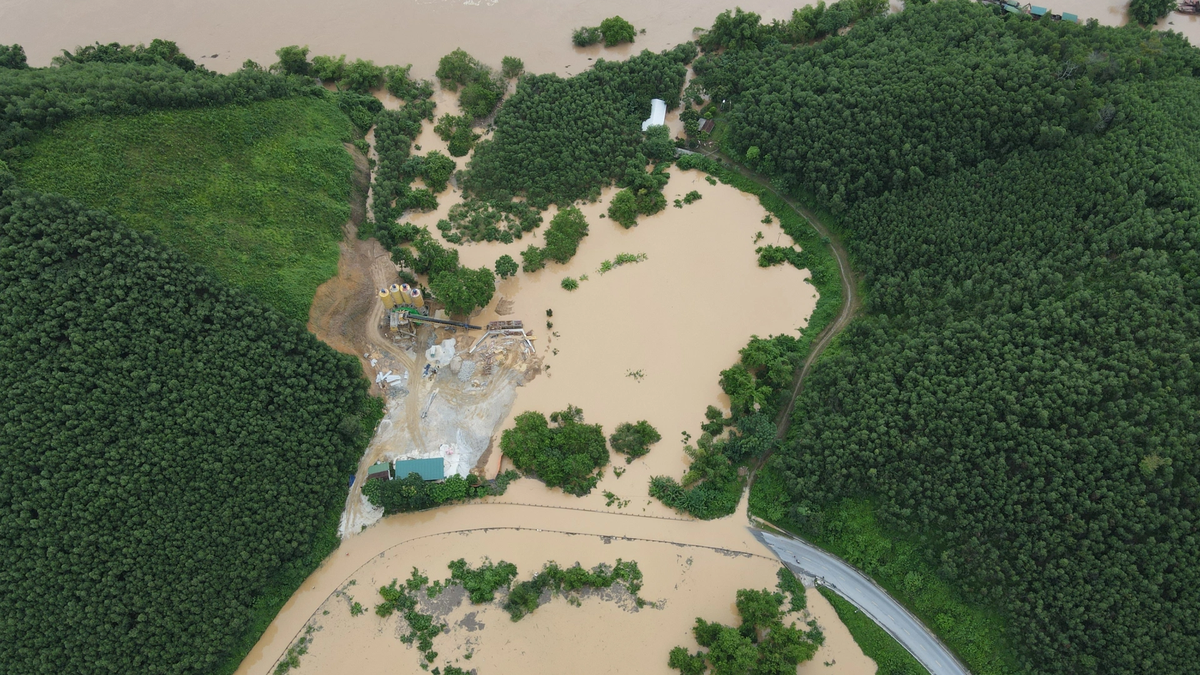
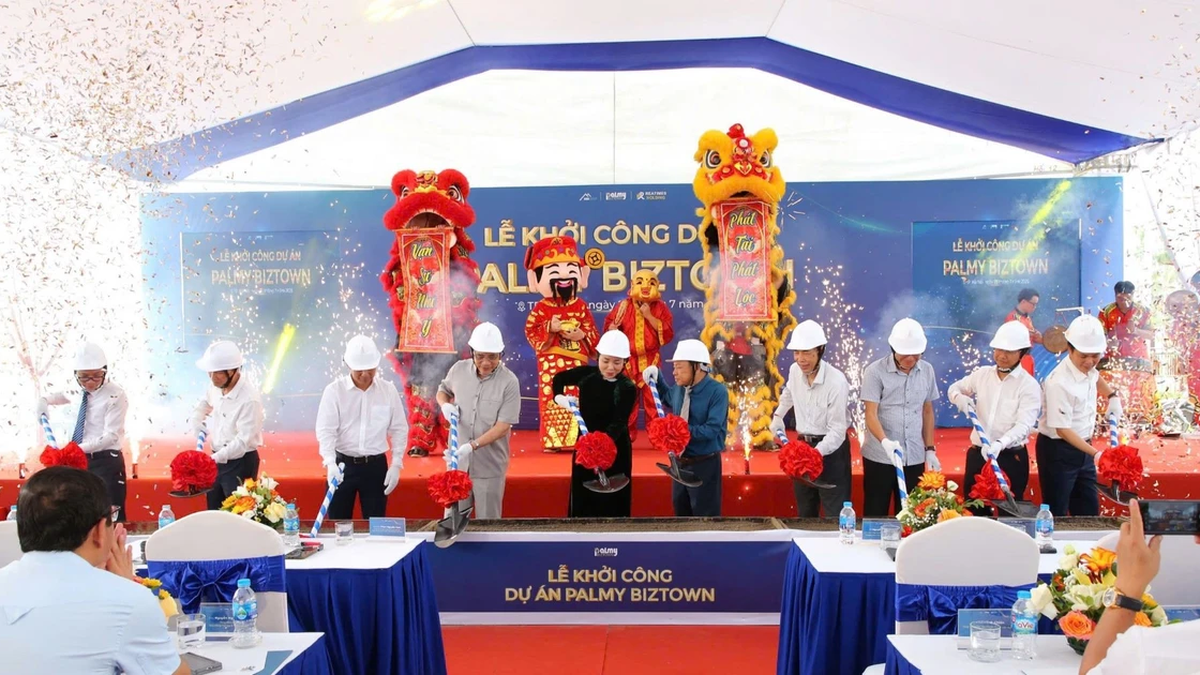
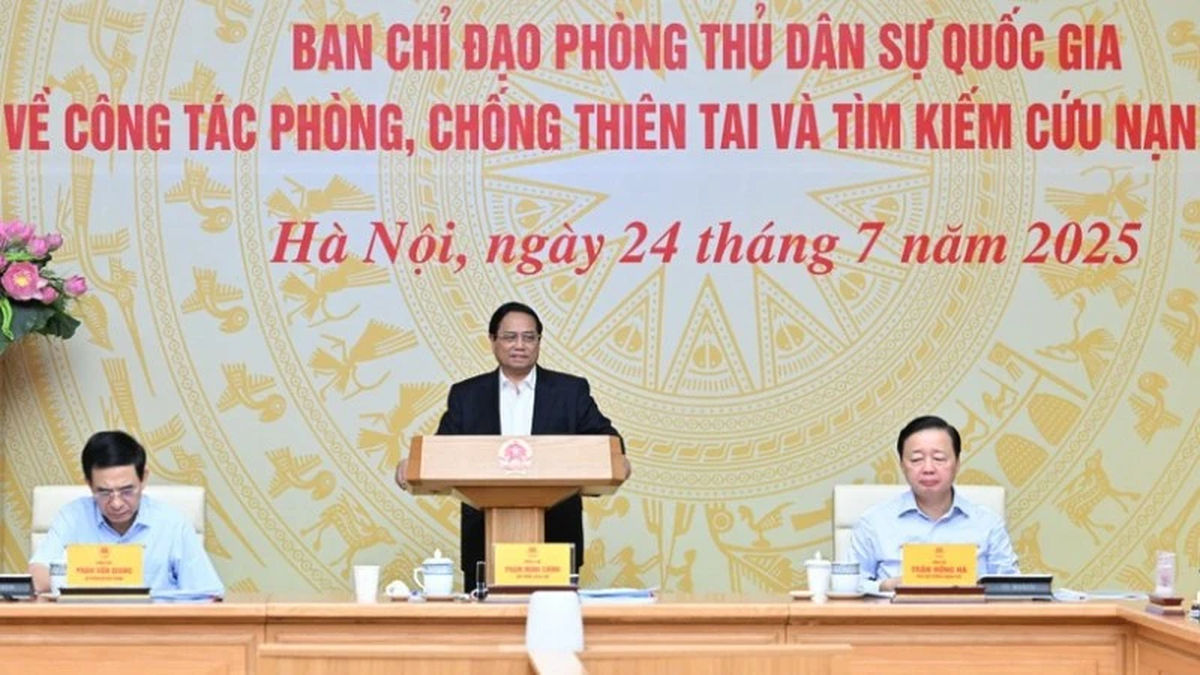
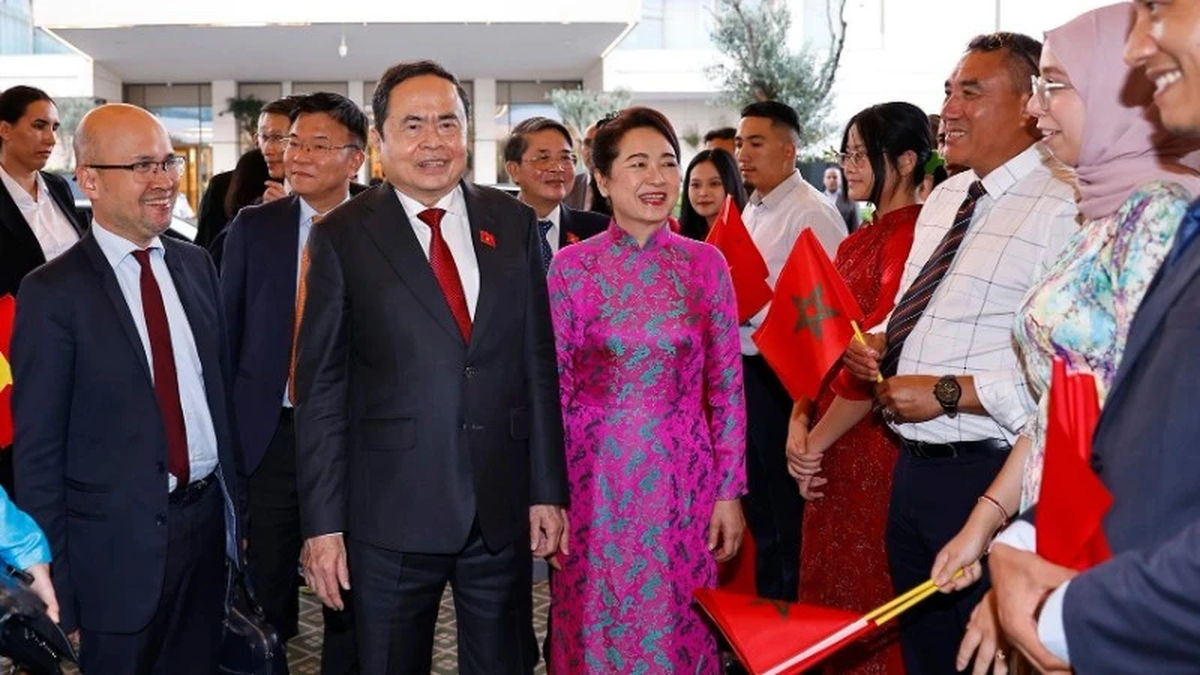



![[Photo] Signing of cooperation between ministries, branches and localities of Vietnam and Senegal](https://vphoto.vietnam.vn/thumb/1200x675/vietnam/resource/IMAGE/2025/7/24/6147c654b0ae4f2793188e982e272651)


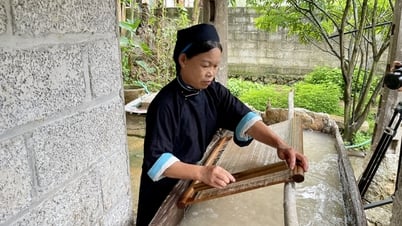

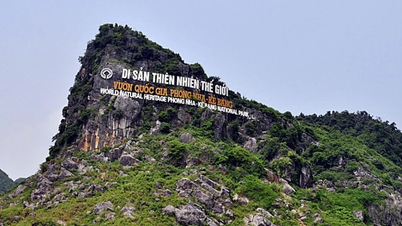







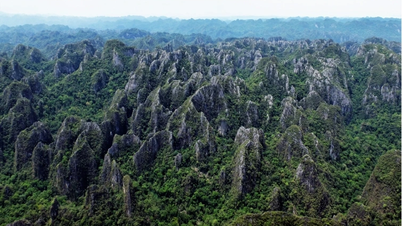

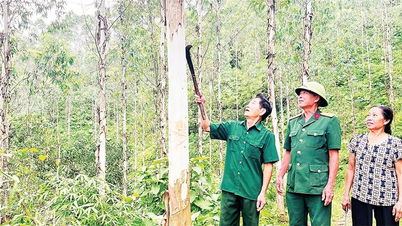

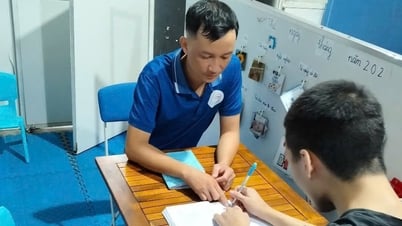

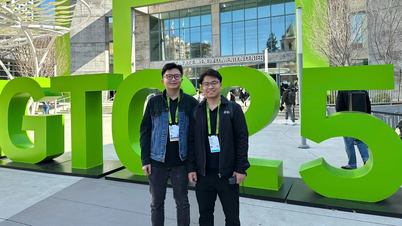


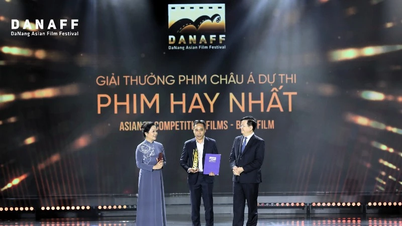






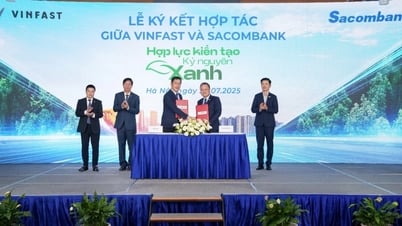






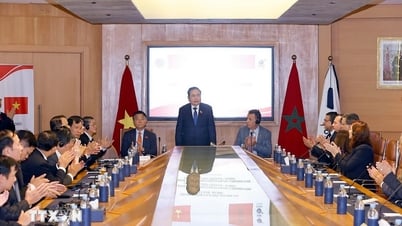
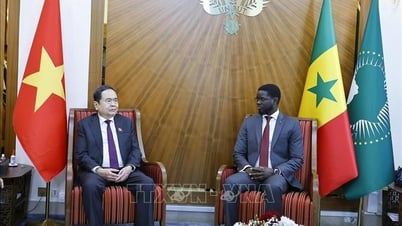

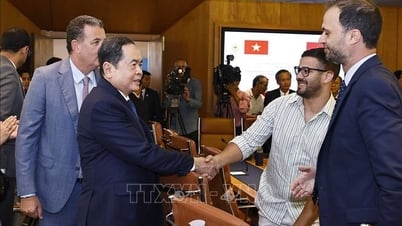
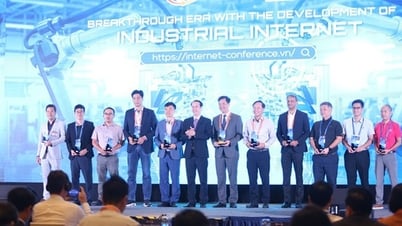


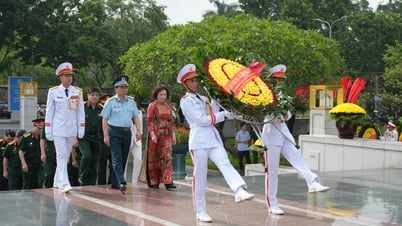

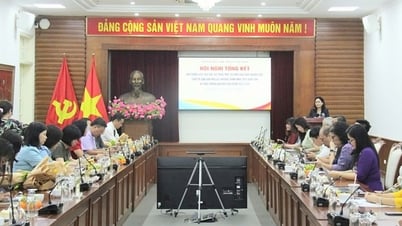

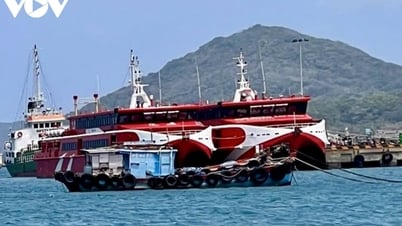




















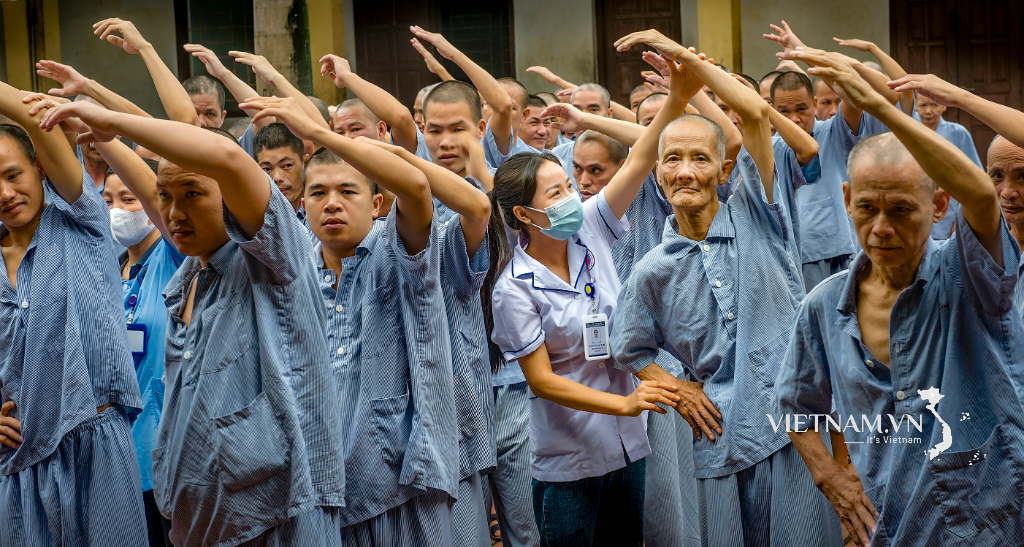



Comment (0)